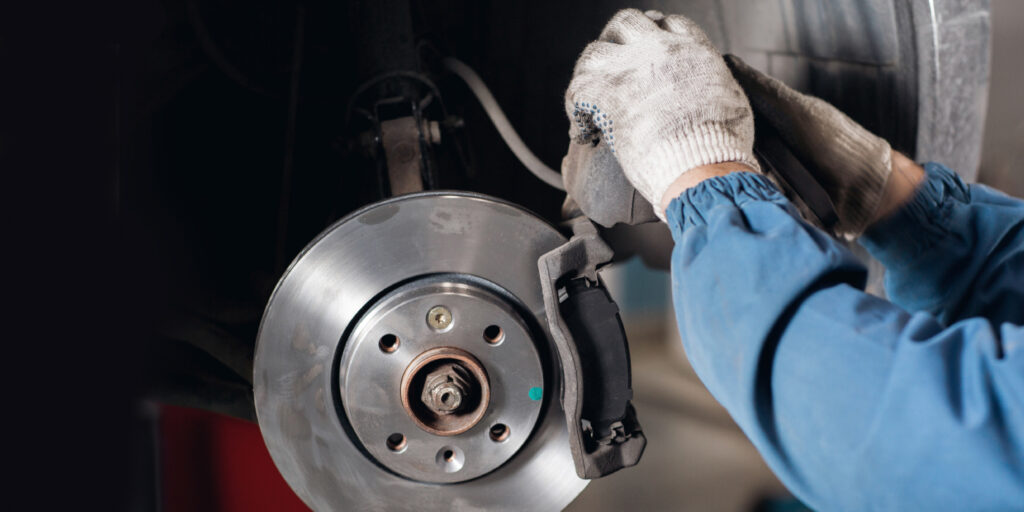In this article originally published in AutoSuccess, author Ken Hill explains how identity theft occurs and why it is so dangerous – and what the automotive industry can do about it.
Synthetic identity fraud is a complex issue that continues to increase each year, posing great problems for everyone from auto dealers to lenders alike. In fact, synthetic identities can be severely detrimental to a lender’s rate of losses, as well as the severity of loss, and dealers can face millions worth of chargebacks each year, eating away at precious profits.
According to industry experts, the automotive industry is facing upwards of thousands of synthetic identity issues every month, and possibly accounting for $1.2 billion in fraud alone.1
Identity Fraud Explained
Synthetic identity fraud is typically a result of fraudsters using any combination of fictitious information in collaboration with data from an actual person. This type of fraud can be difficult to spot, particularly in a digital or automated world. It often goes unnoticed until it is too late and multiple accounts have been opened with a single falsified identity, which can be particularly painful for all involved.
Synthetic Identity Fraud Components
In one example, the fraudster takes his or her new falsified identity and then applies for a new line of credit or an auto loan with the newly created persona. This establishes a credit file at the credit bureaus.
The fraudster then pays a coconspirator to add the falsified identity as an authorized user to their credit card. As the coconspirator continues to pay their bills on time, this good credit behavior is now associated with the fraudsters new falsified identity.
The fraudster now uses this established credit history to open new lines of credit and new identities. This process doesn’t happen overnight and takes time to build their lines of credit and credit worthiness. The fraudster is doing all this to work to build up to the “Bust Out.”
The “Bust Out” is when the fraudster maximizes all of his lines of credit with purchases and prepares to just walk away. This is where the real danger is to dealers. Right before the bust out and the impact walking away would have on the fraudster’s credit, he or she looks to make major purchases – and the number one purchase is typically automobiles.
When dealers and lenders eventually uncover this potential fraud, many will investigate to determine if the right due diligence was performed to identify the consumer at the dealer. It’s not uncommon for lenders to ask for buy-backs, particularly when there are repeated cases. If a dealer cannot document the process they followed, they run the risk of being held liable for the entire fraudulent amount and potentially losing lender relationships. Ultimately, everyone involved feels the impact to their bottom line.
Using Everyday Technology to Prevent Fraud
The prevention of synthetic identity fraud is not an exact science, and the vast majority of dealers today believe they are taking necessary measures to prevent this type of theft. However, a closer look at these procedures leaves many experts in the industry scratching their heads in disbelief.
Currently, most dealers utilize scanning technology to scan a person’s driver’s license to satisfy compliance, procedural checklists and to OCR the data to populate the CRM at the time of loan application or even during a test drive. While this process is critical, it lacks a significantly critical element that can potentially prevent or even thwart the vast amount of synthetic fraud attempts.
Scanning of the driver’s license is important, but dealers must also utilize verification technology to validate the driver’s license and the person’s true identity. This additional step helps to validate and verify the individual via address verification, red flag, OFAC and synthetic fraud checks. It is estimated that 95% of dealers today still don’t include this verification step in their process.
With the proliferation of more digital and online shopping, the verification and validation of one’s identity is even more critical when a potential fraudster is sitting in the privacy of their own home filling out a loan application. Mobile and ID scan technologies are now widely used in online banking applications, and these could significantly help dealers during an online transaction.
Stop Blaming Friction on the Sales process
The potential counterpoint of friction is baseless. Dealers might feel this additional step creates friction during the transaction. However, millions upon millions of online transactions in other e-commerce platforms take place each day, and the average consumer now expects for this additional layer of security to be a part of any online transaction – especially one that involves the second-largest purchase aside from the home mortgage itself.
Synthetic identity fraud continues to be a growing problem today for dealers and lender partners across the entire automotive spectrum. It is important to have thorough training for all employees to have a higher level of awareness for the potential for synthetic identity fraud. It is also important for dealers to implement what’s now considered everyday technology that is no longer viewed as friction by the consumer. While instincts are important, it’s even more critical to have access to the right tools and sophisticated technology that can help dealers and lenders spot synthetic identity fraud before it happens.
Source:














